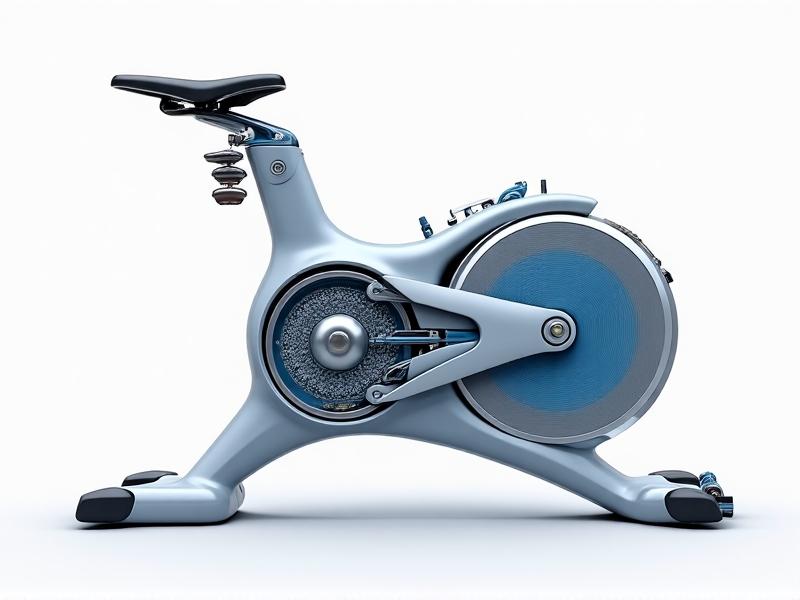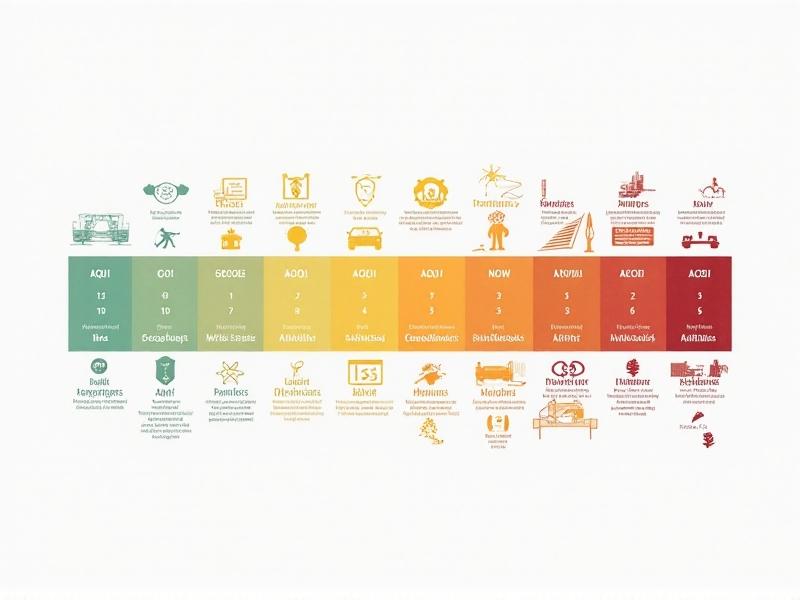Standing Desk Calorie Burn Calculators
The Rise of Standing Desks and the Quest to Track Calorie Burn
Standing desks have surged in popularity as workplaces and home offices embrace ergonomic solutions to combat sedentary lifestyles. Beyond posture improvements, many users wonder: Can standing at a desk really burn more calories than sitting? Enter standing desk calorie burn calculators—tools designed to quantify this difference. These calculators promise insights into how small changes, like swapping a chair for a standing setup, might contribute to weight management. But how reliable are they, and what factors influence their accuracy? This article dives into the science, limitations, and practical applications of these tools while exploring their role in holistic health.
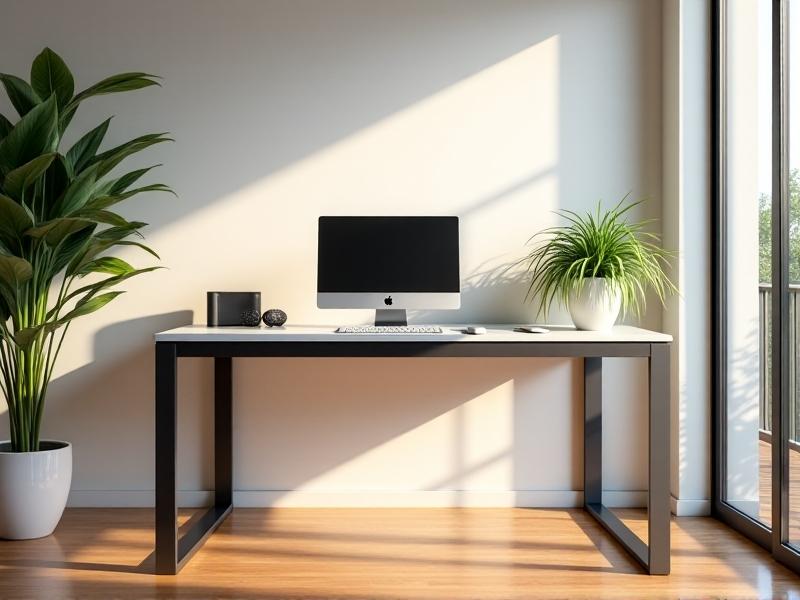
How Standing Desk Calorie Calculators Work: The Science Behind the Numbers
Most standing desk calorie burn calculators rely on MET values (Metabolic Equivalent of Task), a measure of energy expenditure. Sitting typically has a MET of 1.3, while standing increases it to 1.5–2.0. Calculators multiply these values by a user’s weight and time spent standing to estimate calories burned. For example, a 160-pound person standing for three hours might burn approximately 72–144 extra calories compared to sitting. However, these numbers simplify complex physiological processes. Individual factors like muscle engagement, fidgeting, and baseline metabolism aren’t captured, leading to broad estimates. Tools like the ACE Physical Activity Calorie Counter or wearable devices often underpin these calculations, blending averages with user-specific inputs.
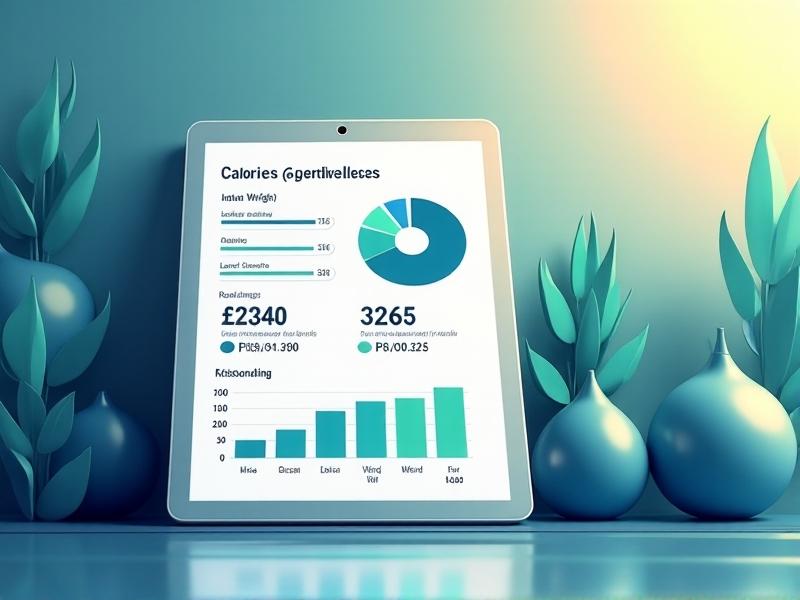
Standing vs. Sitting: What’s the Real Caloric Difference?
Studies suggest standing burns about 8–10 more calories per hour than sitting—a modest but cumulative difference. Over a 40-hour workweek, this could total 320–400 extra calories, equivalent to a small muffin. However, non-exercise activity thermogenesis (NEAT) —like shifting weight or pacing—can amplify this gap. A 2018 study in the Journal of Physical Activity and Health found intermittent standing paired with light walking doubled calorie burn compared to static standing. Still, calculators often overlook such variables, focusing instead on standardized MET averages. While standing alone isn’t a fitness revolution, it complements active habits like stair-climbing or desk stretches, which calculators may not fully account for.
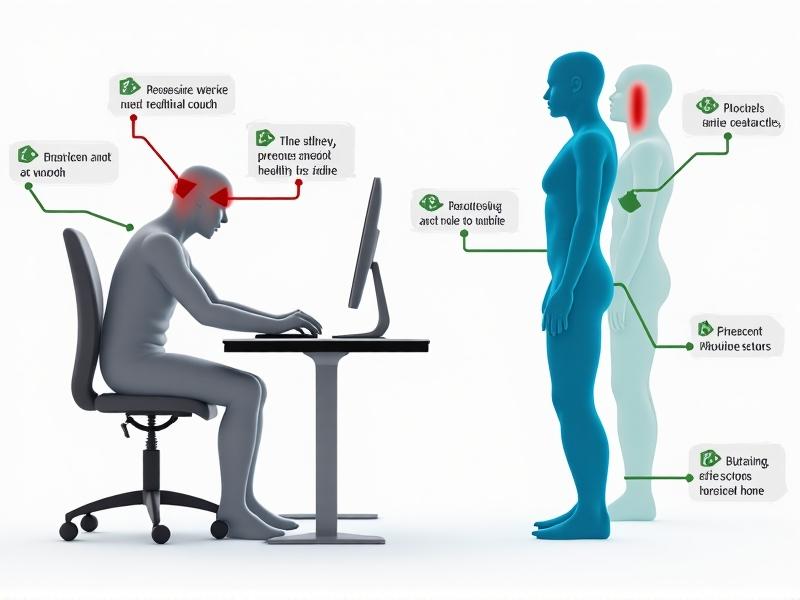
What Affects the Accuracy of Calorie Burn Estimates?
Three key factors skew calculator results: individual biology , movement patterns , and input precision . Muscle mass, age, and genetics influence metabolic rates—variables most tools can’t customize. A 2021 study in Medicine & Science in Sports & Exercise found that even among people with identical stats, calorie burn varied by up to 16% due to muscle efficiency. Additionally, standing statically versus incorporating calf raises or desk marches changes energy expenditure significantly. Users who input rough time estimates (e.g., “4 hours standing”) rather than tracked minutes further reduce accuracy. Wearables like Fitbit or Apple Watch offer better personalization by measuring heart rate and movement in real time.

Beyond Calories: Unexpected Benefits of Standing Desks
While calorie burn grabs headlines, standing desks offer broader health payoffs. Research links prolonged sitting to increased risks of cardiovascular disease and diabetes, independent of exercise habits. A 2017 Annals of Internal Medicine review found that standing intermittently reduced blood sugar spikes by 11% compared to all-day sitting. Additionally, users report reduced lower back pain and improved focus, as standing encourages subtle posture adjustments. Productivity studies are mixed, but a 2016 Texas A&M University trial noted a 46% increase in workplace output among standing desk users over six months. These benefits, though harder to quantify than calories, underscore the value of standing desks beyond weight management.
How to Get the Most Out of a Calorie Burn Calculator
To improve estimate reliability, pair calculators with wearable tech or apps that track actual standing time and movement. Input precise data: measure weight weekly if fluctuating, and use timers like the Stand Up! app to log active periods. Combine standing with micro-movements—e.g., heel lifts or glute squeezes—to boost NEAT. For context, compare estimates to other activities: 30 minutes of standing may equal half a mile of walking. Remember, calculators are guides, not lab-grade tools. Use them to identify trends over time rather than obsessing over daily numbers. Integrating these strategies fosters a balanced approach to workplace wellness.
Optimizing Your Standing Routine for Maximum Energy Expenditure
Maximizing calorie burn at a standing desk requires intentional habits. Alternate between sitting and standing every 30–60 minutes to avoid fatigue. Invest in an anti-fatigue mat to encourage subtle weight shifts and reduce joint strain. Incorporate resistance bands or small desk pedals for low-intensity leg workouts while working. A 2020 study in Occupational Medicine found users who paired standing with light resistance exercises burned 15% more calories than static standers. Hydration also plays a role: keeping a water bottle nearby prompts frequent refill breaks, adding steps to your day. These tweaks transform passive standing into an active, calorie-burning practice.
What Calculators Don’t Tell You: The Bigger Picture of Health
Calorie burn metrics often overshadow the psychological and long-term health impacts of standing desks. For instance, standing can reduce post-lunch drowsiness by improving circulation, enhancing afternoon productivity. It also promotes mindfulness—users often report heightened awareness of slouching, prompting self-correction. However, fixating on calories can lead to burnout; one 2019 study in Ergonomics noted that excessive standing without breaks increased discomfort, negating benefits. Balance is key: view calculators as one tool in a broader strategy that includes walking meetings, stretching, and stress management. Sustainable health stems from consistency, not obsessing over marginal calorie differences.
Final Thoughts: Balancing Data and Practical Wellness
Standing desk calorie burn calculators offer intriguing insights but are best used as motivational tools rather than precise measures. Their estimates, while grounded in science, simplify the nuanced interplay of metabolism, movement, and biology. Embrace standing as part of a holistic routine that prioritizes movement variety, ergonomic comfort, and mental well-being. Whether you burn 50 or 100 extra calories daily, the cumulative benefits—better posture, enhanced focus, and reduced sedentary time—are victories worth standing for.




